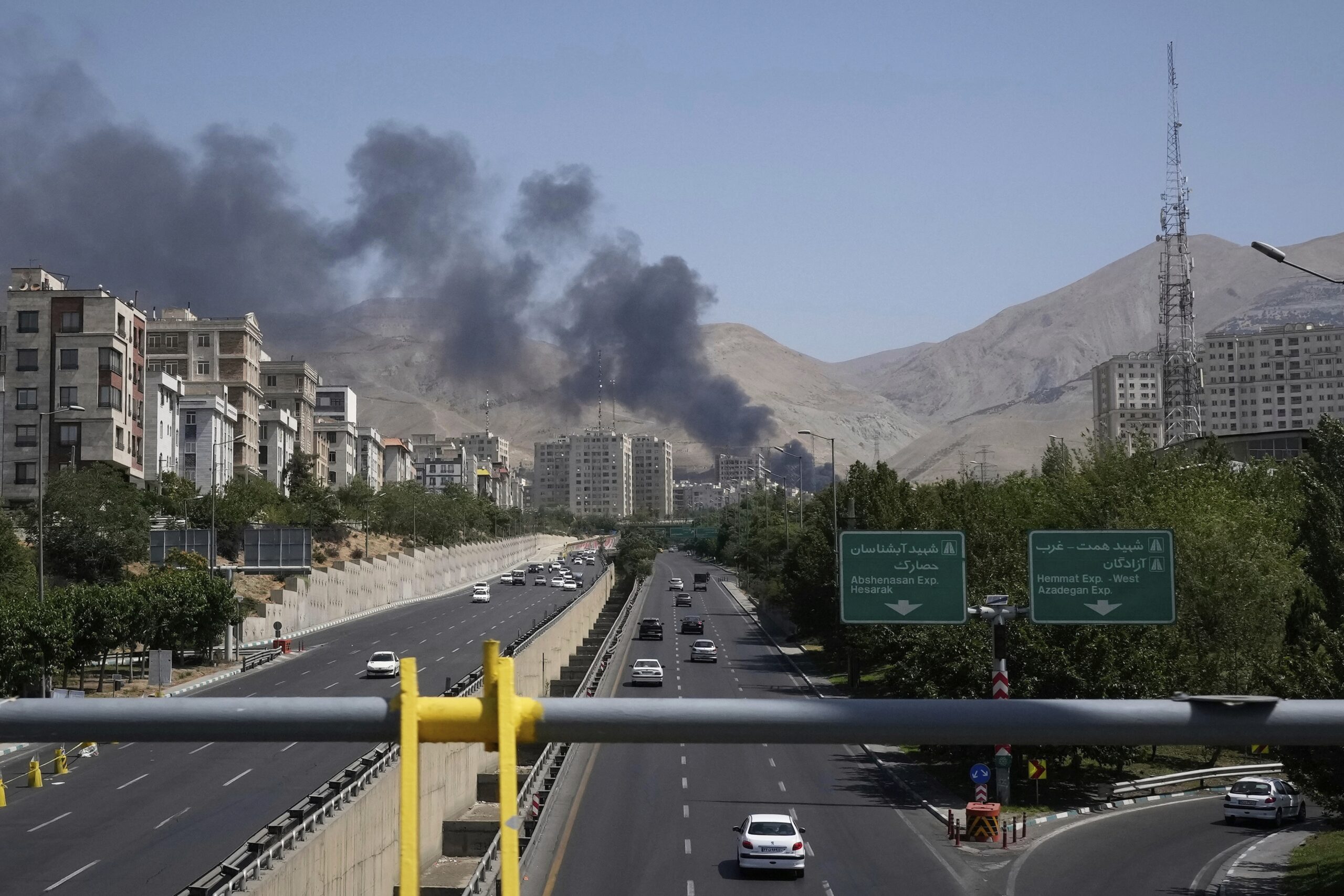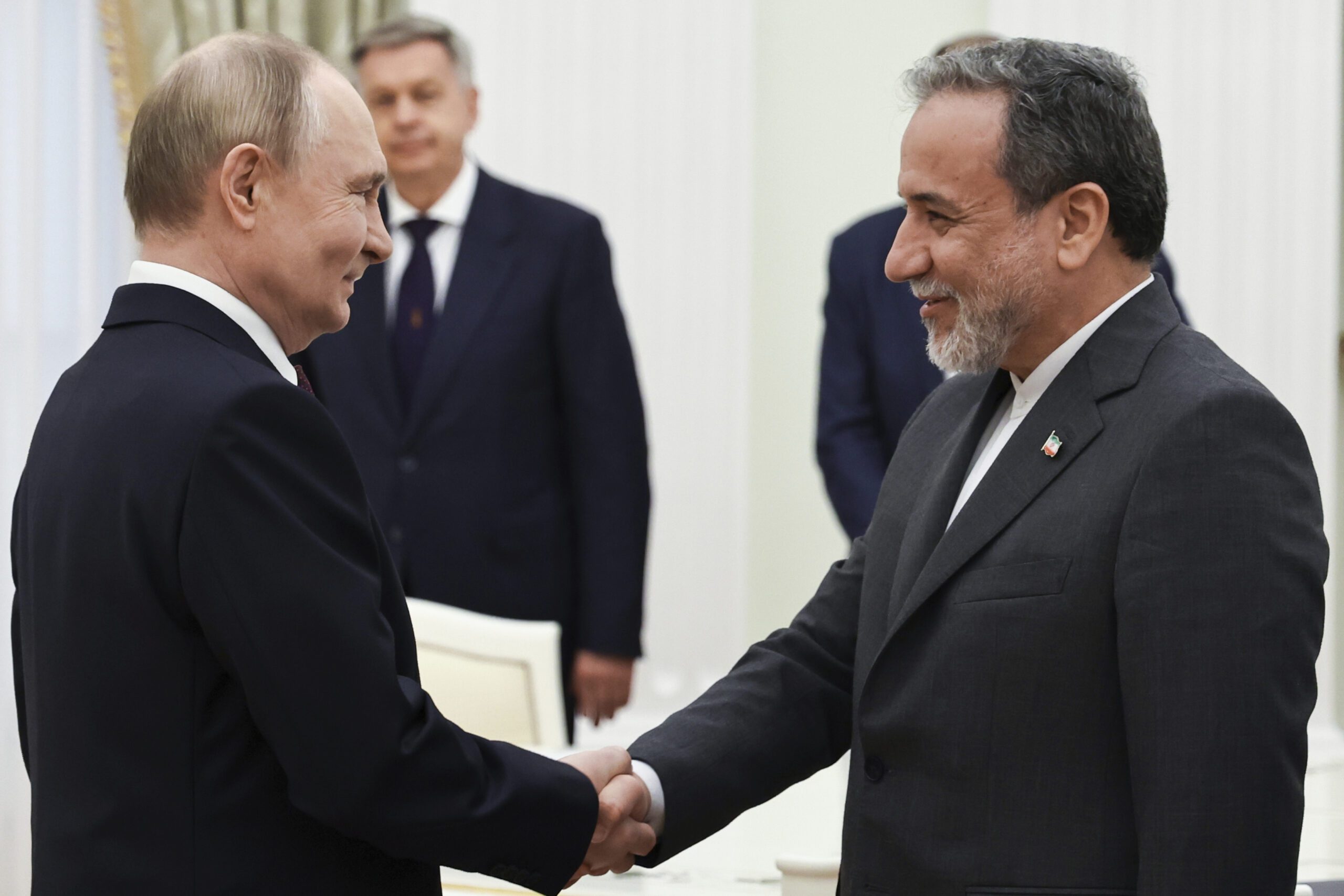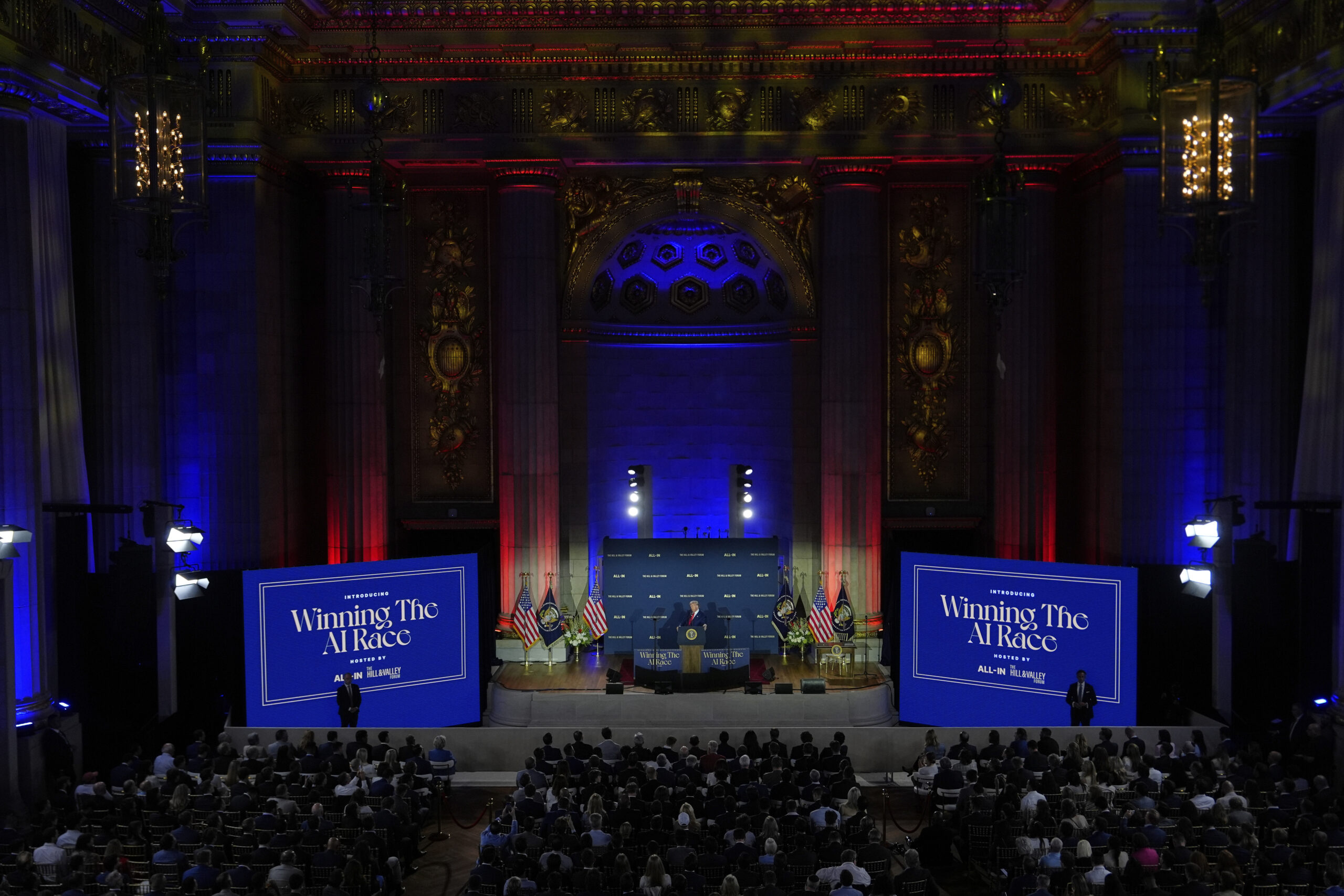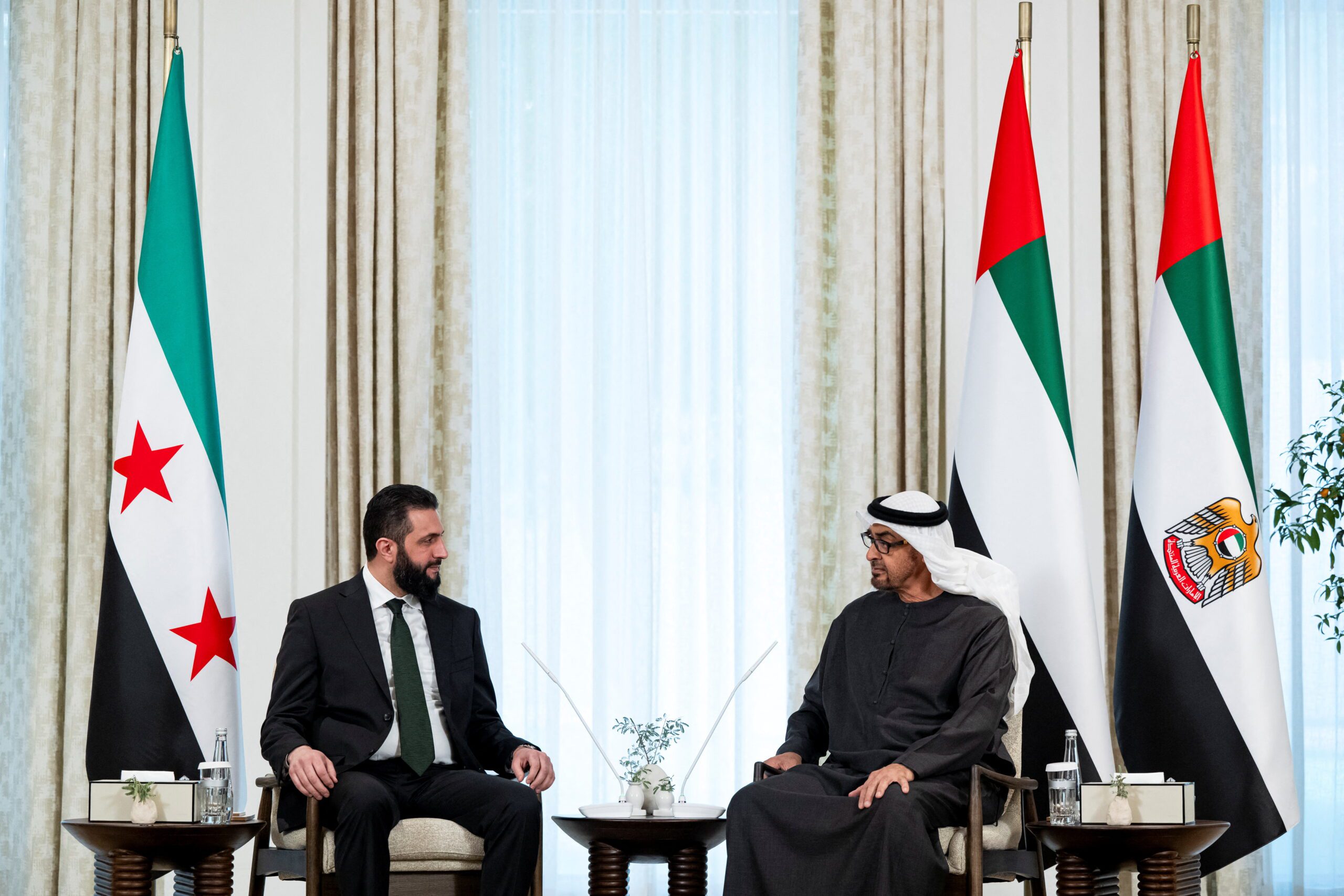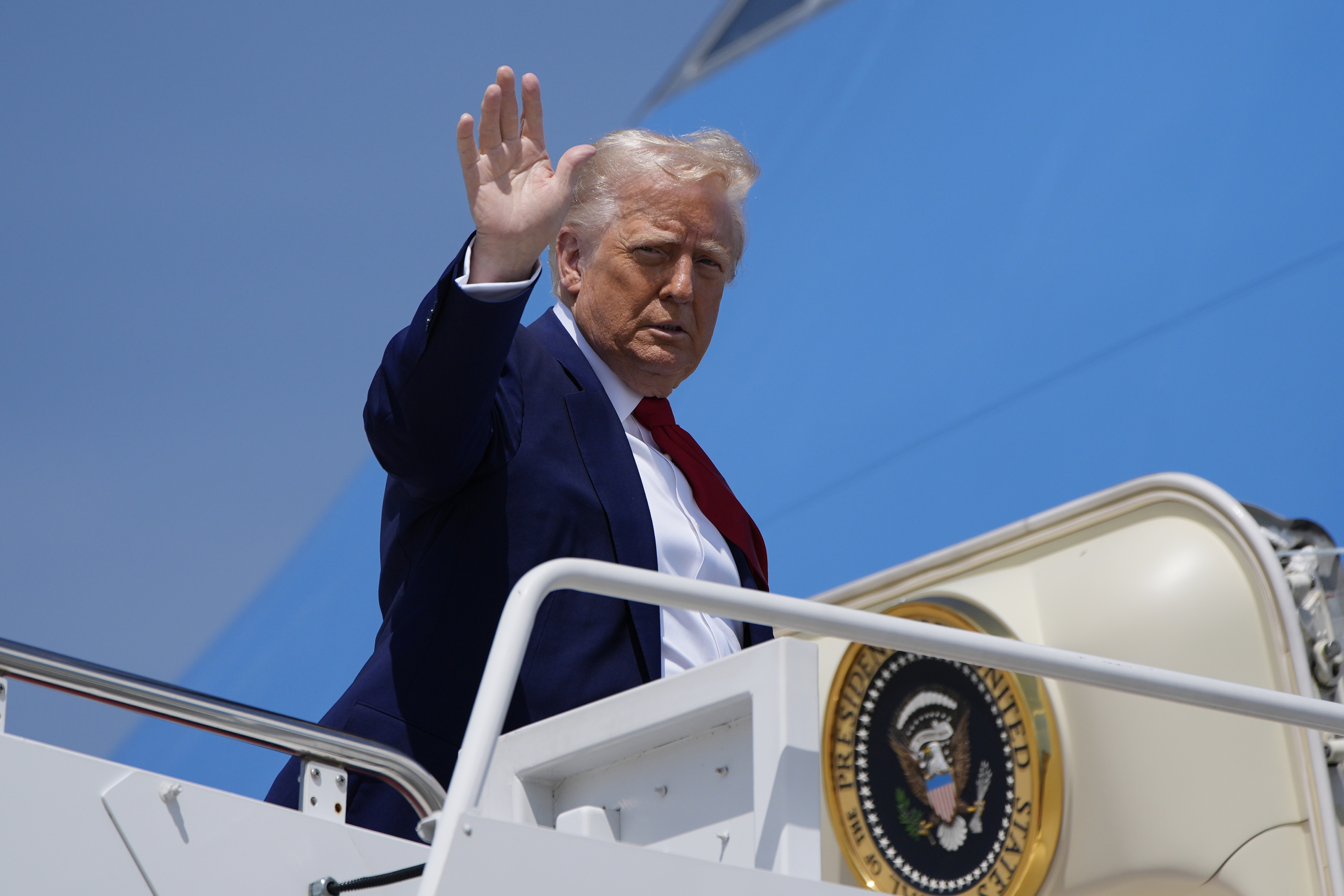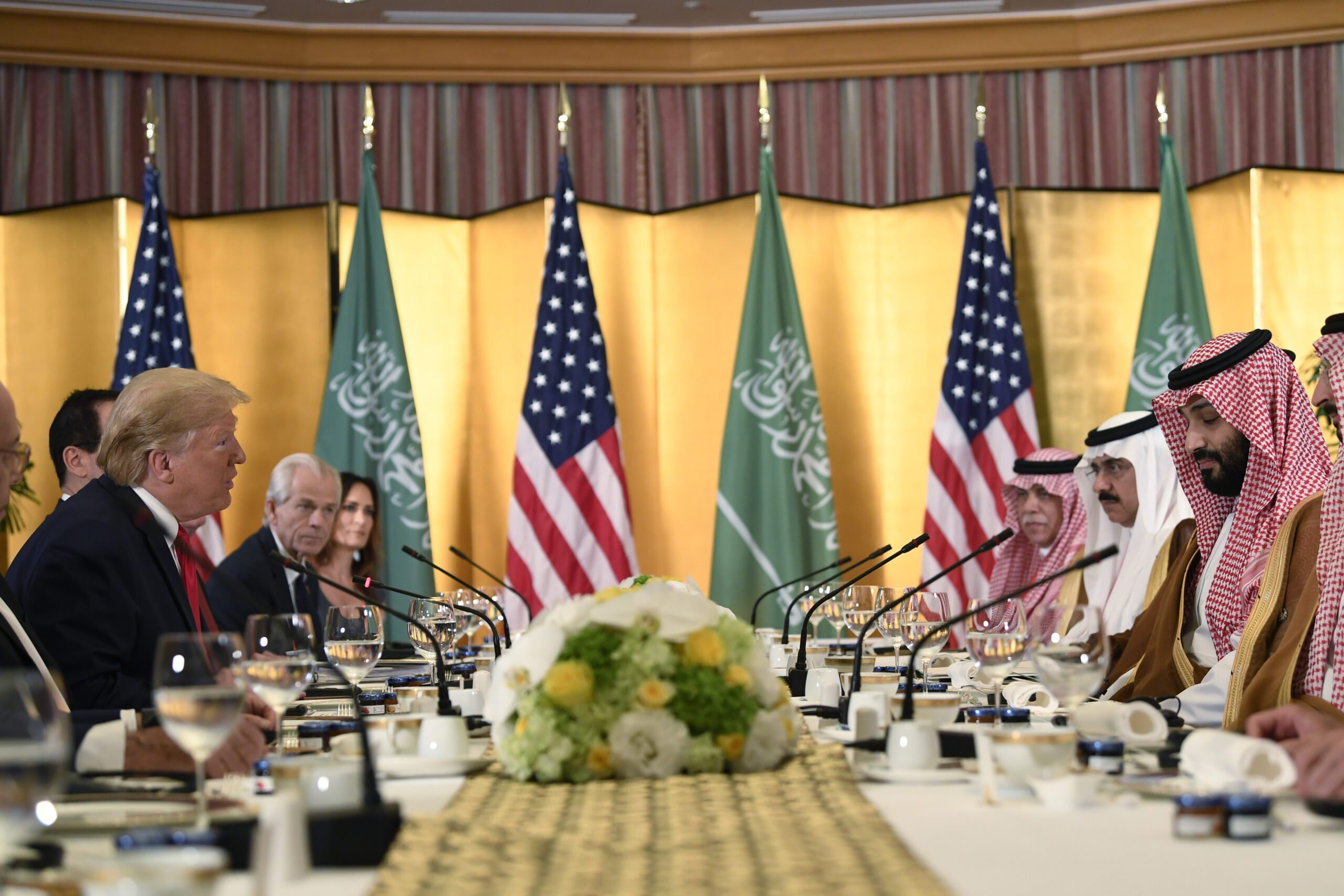The U.S.-China-Iran Oil Triangle in Flux
The coming weeks will offer clarity about whether President Trump’s claim – “China can now continue to purchase Oil from Iran” – signals an informal recalibration of Washington’s Iran sanctions strategy or a tactical feint without lasting repercussions.
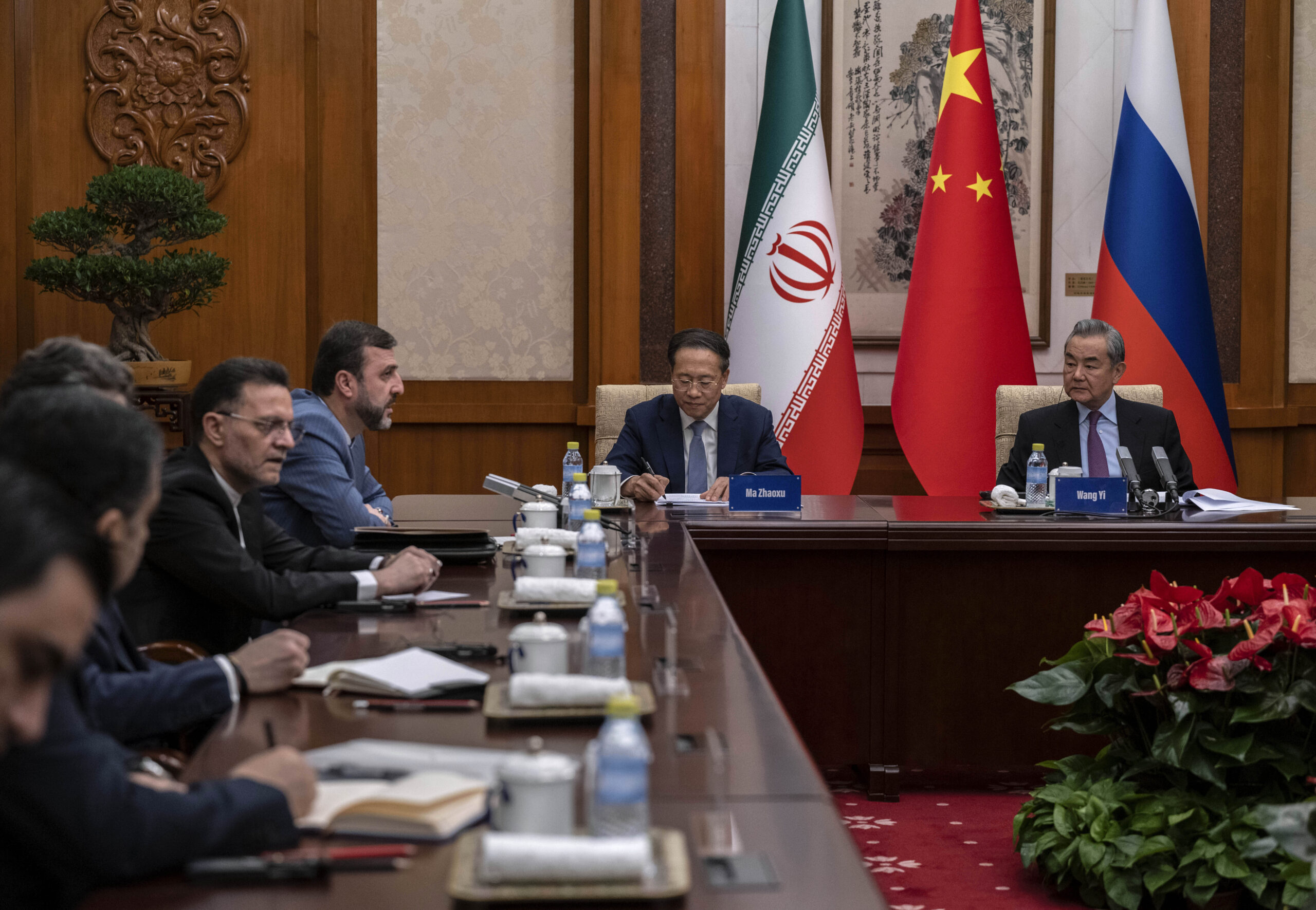
On June 24, President Donald J. Trump ignited headlines by declaring on Truth Social that “China can now continue to purchase Oil from Iran. Hopefully, they will be purchasing plenty from the U.S., also. It was my Great Honor to make this happen.”
The remark followed U.S. airstrikes on Iranian nuclear sites, a brokered cease-fire between Israel and Iran, and a pause in Tehran’s threats to close the Strait of Hormuz, the critical chokepoint for nearly 20% of the world’s oil and gas shipments. Markets spiked, with Brent crude briefly topping $80 per barrel before settling back to around $68/bbl as tensions eased.
Within hours, the White House clarified that Trump was not easing sanctions but highlighting how his military actions helped keep the Strait of Hormuz open, a benefit for both U.S. allies and China. Yet beneath the walk back lies a more complex and revealing story – one rooted in years of quiet sanctions evasion, China’s oil calculus, and the strategic ripple effects of informal diplomacy.
Sanctions Evasion and China’s Energy Calculus
In recent years, enticed by discounted prices, Chinese independent “teapot” refineries (small, privately owned facilities disproportionately responsible for approximately 90% of purchases of Iran’s oil exports) in Shandong province have scooped up sanctioned Iranian oil, especially as their domestic refining margins thinned due to tight regulatory scrutiny. Throughout Iran’s years under nuclear-related sanctions, Chinese teapots have been a key outlet for Iranian oil, which they reportedly unload from reflagged vessels representing themselves as transporting oil from Oman and Malaysia.
The China Concord Petroleum Company, blacklisted by the U.S. Treasury in 2019 – which cut the company off from the U.S. financial system and exposed non-U.S. entities to secondary sanctions for supporting it – remained a key conduit for sanctioned Iranian oil. Although Chinese state-run refiners have steered clear of Iranian crude – at least publicly – to avoid violating U.S. sanctions, privately owned refineries maintained steady imports.
Tracking data reveals these teapots have relied on clandestine “dark fleet” tankers that turn off automatic identification system transponders, perform ship-to-ship transfers at sea, falsify origin documents, and obscure cargo labels. They have settled payments in renminbi, the Chinese currency, often through small banks, including the Bank of Kunlun, which the U.S. Department of the Treasury sanctioned in 2012 but continued for years as a lifeline for Iranian oil revenue outside the dollar system until it faced renewed pressure in 2018. Some Chinese refineries themselves have acted as financial intermediaries, directly wiring funds to Iranian-linked entities. Several Hong Kong-based nonbank entities have also played a role in facilitating Iranian oil sales.
However, as Iran’s regional posture grew more aggressive, culminating in direct missile attacks on Israel in October 2024 threatening a broader conflict, the administration of President Joseph R. Biden Jr. responded by tightening sanctions enforcement in late 2024 and 2025. New U.S. measures targeted Iran’s “ghost fleet” of tankers, which had grown fourfold since 2020, and cracked down on both shipping and front companies facilitating illicit oil sales. The December 2024 sanctions package, for instance, targeted 21 vessels and 14 companies across 13 countries.
Iran’s threats to close the Strait of Hormuz in retaliation for U.S. and Israeli airstrikes sharply escalated market volatility. Iranian parliamentary votes and public statements about closure – though ultimately not enacted by the Supreme National Security Council – prompted sharp swings in oil prices and heightened anxiety among the U.S. military, Gulf states, and China, all of whom recognized that even temporary disruption could send shockwaves through energy markets and global trade. U.S. energy independence helped shield the U.S. economy, but Asian importers remained highly exposed.
Amid this turbulence, reports surfaced showing China’s oil imports from Iran fell dramatically in response to stepped-up U.S. enforcement. According to Kpler data cited by Reuters, Chinese imports of Iranian oil plummeted from about 1.6 million barrels per day in September 2024 to 740,000 b/d by April 2025. While this represented a halving of volumes, the flows remained significant, accounting for roughly 13.6% of China’s total oil imports in 2025 and still providing Iran with a vital financial lifeline. The reduction also weakened Beijing’s leverage over Tehran, as China’s ability to use oil purchases as a diplomatic tool diminished alongside its market share. China’s lowered demand, high stockpiles, and access to alternative suppliers, such as Russia, meant that the shortfalls from reduced Iranian shipments did not create a major supply gap.
Still, even this sharp drop in imports did not put an end to Iran’s energy lifeline – a reality the Trump administration sought to change upon returning to office.
Maximum Pressure 2.0: Trump’s Renewed Sanctions Strategy
Within weeks of returning to the White House, Trump reinstated his hallmark “maximum pressure” campaign against Iran, reviving sweeping sanctions on Tehran and those dealing with its oil. In a flurry of activity, U.S. authorities targeted China’s teapots, along with the secretive shadow tanker fleet, predominantly affiliated with the Islamic Revolutionary Guard Corps, that supplies them.
In March, the Treasury Department’s Office of Foreign Assets Control sanctioned Shandong Shouguang Luqing Petrochemical and eight vessels. In early May, Trump threatened to impose immediate secondary sanctions on those buying “ANY AMOUNT of OIL or PETROCHEMICALS from Iran.” By then, Hebei Xinhai Chemical Group became the third teapot refinery added to the sanctions list. Hong Kong-linked middlemen, including Star Energy International Limited, tied to Iran’s armed forces, were also hit.
The economic toll was immediate. Independent refineries in China scaled back purchases. By mid-June, refinery utilization in Shandong dropped to just 51%, compared to 64% a year prior. Iranian oil inventories ballooned as shipments stalled, with nearly 70 million barrels held off China’s coast and a global “oil on water” total of 120 million barrels – the highest since 2023. While Iran still managed to export up to 1.5 mb/d to China, this was a significant contraction from earlier levels.
The U.S. strategy aimed to wrench Iran’s oil revenue to cripple its economic lifeline used to fund nuclear ambitions, proxy militias, and ballistic missile programs. Indeed, Treasury Secretary Scott Bessent underscored that these moves were meant to deny Tehran resources it uses to destabilize the region.
Amid escalating enforcement, U.S. officials began spotlighting China’s role – and leverage — in Iran’s oil economy. For Beijing, continuing to buy discounted Iranian crude bolstered energy security for its teapots but risked provoking Washington. Straddling economic interests and diplomatic risk, China found itself in an increasingly precarious position.
Toward a Tacit Oil Bargain?
Within this fraught backdrop, Trump’s unmediated claim on Truth Social – “China can now continue to purchase Oil from Iran” – reads like a carefully crafted message. On the surface, it offered reassurance that the Strait of Hormuz remained open, a boon for markets and China, but layered beneath was a hint of deeper negotiation.
One plausible interpretation is that the United States has quietly agreed to relax enforcement, issue waivers, or halt new sanctions targeting teapots and tankers. This “piecemeal detente” would keep Iranian flows stable, dissuade Tehran from more aggressive tactics, and keep the waterway secure. In return, Trump’s message hinted at incentivizing China to buy U.S. oil, shifting part of Iran’s China-bound barrels to U.S. suppliers. The statement is double-signed: one for Texas and North Dakota – “plenty from the U.S.” – and one for Beijing –“you can keep the Iranian oil running.”
The reaction from energy strategists to Trump’s comments about possibly allowing Iranian oil to flow has been mixed. As noted by Reuters, while Trump can signal relaxed enforcement, the actual removal of sanctions would require coordinated action by the Treasury Department, State Department, and potentially Congress and would likely be tied to progress on nuclear negotiations.
Lifting sanctions now could upend the business model of China’s teapot refineries, which have relied on discounted Iranian crude. If sanctions are removed and Iranian oil returns to the global market at market prices, these teapots – already operating on thin margins – could lose access to cheap supply and face intense competition from larger, state-owned refiners. Many of the teapots may be forced to scale back or shut down altogether, while larger refiners could absorb more market share.
In energy markets, the U.S.-China-Iran oil interplay amplifies every tremor. With oil prices hovering around $65/bbl to $70 bbl, markets remain acutely sensitive to Middle East tensions. A reactivation of Iranian exports under relaxed sanctions could send oil prices tumbling, pressuring OPEC+ to reduce supply and potentially inflicting economic pain on Saudi Arabia and other Gulf producers.
Gulf producers, keen to maintain price stability, may view a U.S.-China oil accord with caution. For Beijing, closer energy ties with Tehran could enhance its regional leverage – but also reinforce perceptions of China as a transactional player in Middle Eastern diplomacy.
Several signposts could reveal whether a de facto arrangement has been struck between Washington and Beijing. One of the most telling would be activity at the Office of Foreign Assets Control. Should waivers be granted to Chinese refineries or Iranian-linked shipping operators, even discreetly, it would suggest a significant shift in enforcement. A second indicator would be a suspension or noticeable slowdown in new sanctions designations. If Chinese energy firms, middlemen, or shadow tankers are suddenly absent from the latest U.S. sanctions lists, that too would point toward a tacit deal. Shipping data and trade statistics would offer another lens. A rebound in Iranian crude flows to China, potentially climbing back to 1.5 mb/d, alongside a modest increase in U.S. oil exports to China, would provide quantitative proof of policy change. Customs declarations and satellite-tracked movements could confirm any shift. Finally, diplomatic posture offers subtle but revealing cues. Statements from Beijing publicly welcoming the stability of the Strait of Hormuz or quietly affirming China’s right to secure energy through sovereign contracts may indicate alignment. Similarly, a muted Iranian response to U.S. military action could reflect behind-the-scenes assurance that oil revenue will not be interrupted.
Risks, Repercussions, and Global Reverberations
While such a negotiated backchannel could achieve immediate stability, it carries significant downside risks. If U.S. sanctions enforcement begins to look discretionary or selectively applied, the broader credibility of U.S. coercive tools (i.e., financial, legal, and diplomatic) may erode. Allies and adversaries alike could begin to question the durability of U.S. policy commitments.
At the same time, allowing Iranian barrels to reenter global markets risks tipping oil prices lower, especially if OPEC+ does not reduce production in lockstep – and OPEC+ currently has plans to reduce production cuts and bring more barrels onto the market through the second half of 2025. This could provoke market instability, reduce investment in future capacity, and antagonize key regional exporters, such as Saudi Arabia and the United Arab Emirates.
For China, relying more heavily on sanctioned or semisanctioned energy could deepen its strategic dependence on Middle Eastern dynamics and potentially entangle its economy in new geopolitical friction. Meanwhile, teapot refineries, the lifeline of China’s gray-zone oil trade, could collapse under pressure, especially if Iranian discounts disappear or if U.S. enforcement returns with greater scrutiny.
Diplomatic Overture or High-Stakes Messaging?
Trump’s Truth Social message did not appear to be a spontaneous boast. Rather, it came directly on the heels of military action, market turbulence, and a de-escalation in the Strait of Hormuz – a context that made its phrasing seem more calibrated than casual. Whether intended as a veiled diplomatic overture or a piece of high-stakes messaging, it sent ripples through global energy markets and strategic circles.
What happens next will determine whether the remark was a signal of policy change or political theater. If U.S. authorities begin quietly issuing waivers, enforcement slows, and data shows rising flows of both Iranian and U.S. oil to China, then the message will have served as a soft launch of a quiet accord. Such a deal would mark a significant, if informal, recalibration of Washington’s sanctions strategy, aimed at managing Middle East risk while securing leverage over both Tehran and Beijing.
But if no such evidence materializes – if sanctions tighten and Iranian exports further stall – then Trump’s comment may ultimately be seen as a tactical feint: designed to calm markets, reassure China, and project flexibility without conceding real ground. Either way, the risks of selective enforcement are real.
In the end, Trump’s statement was less a policy declaration than a geopolitical stress test, probing how far enforcement, diplomacy, and energy pragmatism can bend before breaking. Whether this moment becomes a hinge point in U.S.-China-Iran energy dynamics, or just another flash of ambiguity in a volatile region, depends on what follows: silence, sanctions, or a subtle but unmistakable shift in flows.
The views represented herein are the author's or speaker's own and do not necessarily reflect the views of AGSI, its staff, or its board of directors.


